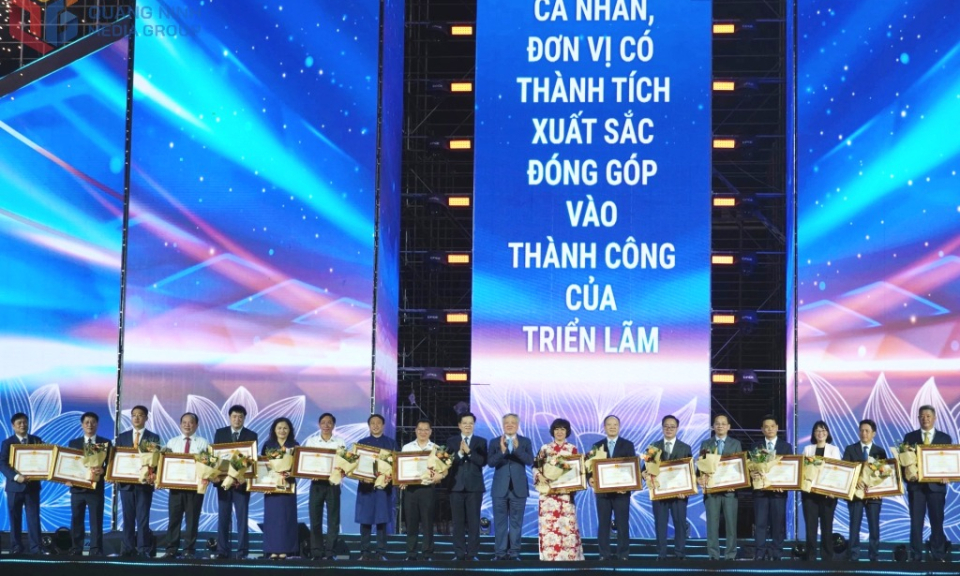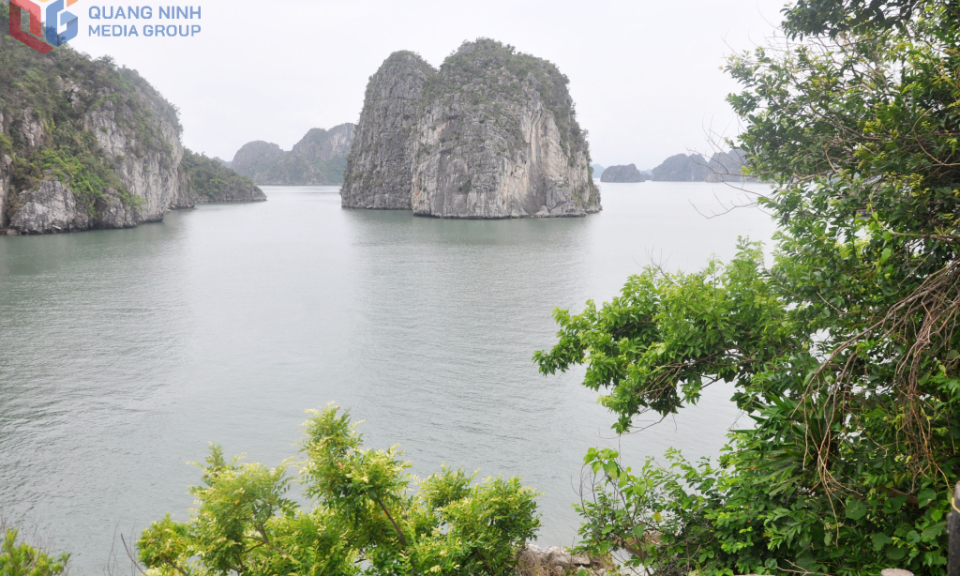Việt Nam – a bright spot in the global economic landscape
The brightest spot of the Vietnamese economy in 2022 is its ability to keep inflation relatively low.
Foreign experts have dubbed the Vietnamese economy as a miracle in Asia and a bright spot of economic growth in Asia-Pacific as a result of the Vietnamese Government’s sound and effective economic management policies.
"Let Việt Nam’s success story be told to the world," said CEO of HSBC Vietnam Tim Evans at a conference between the Vietnamese Prime Minister and foreign-invested firms in early September.
As well as the CEO, representatives of many foreign financial organisations, officials and media also expressed their impression of Việt Nam’s rapid recovery this year amid the global economic uncertainties.
Meeting President Nguyễn Xuân Phúc as part of the APEC Economic Leaders’ Week 2022 in Thailand, Managing Director of the International Monetary Fund (IMF) Kristalina Georgieva hailed Việt Nam as a spotlight of growth and stability in the region, with an open and dynamic economy that is resilient to COVID-19 pandemic.
The IMF's Asian Economic Outlook, released in October, forecast that Việt Nam's GDP growth would reach 7 per cent this year, leading the group of five emerging economies in ASEAN (ASEAN-5). The World Bank also predicted that Việt Nam's economy would lead the East Asia-Pacific region with a growth rate of 7.2 per cent in 2022. Japan’s Nikkei Asia said Việt Nam’s post-pandemic recovery momentum topped the Southeast Asia and ranked eighth globally.
The brightest spot of the Vietnamese economy in 2022 is its ability to keep inflation relatively low as countries around the world are struggling with galloping inflation and rocketting prices.
Dominic Scriven, Executive Chairman of the UK’s Dragon Capital Group, said Việt Nam seemed less impacted by global uncertainties caused by food and energy crises this year. He praised Việt Nam as a major and stable manufacturer with considerable energy production capacity while the volume of petrol import is not too large compared to the size of the whole economy.
According to the IMF’s report, Việt Nam's economy has recovered quickly following the easing of COVID-19 control measures, adoption of a strategy for living with COVID-19 and acceleration of the mass vaccination campaign.
The Vietnamese Government has performed support policies such as low interest rates and strong credit growth, allowing businesses to quickly resume production when the economy reopened. Tax cuts and support for workers under the socio-economic recovery and development programme helped the economy regain momentum.
Country Director of the Asian Development Bank in Việt Nam Andrew Jeffries, said that the Vietnamese economy recovered faster than expected in the first half of the year. This result was supported by solid macroeconomic balances, flexible monetary policy and a steady recovery in the processing, manufacturing, services and domestic consumption sectors.
Việt Nam's prudent monetary policy and effective control of prices of petrol, electricity, food, health care and education services would keep inflation at 3.8 per cent in 2022 and 4 per cent in 2023, he said.
Prof. David Dapice from Harvard University’s Kennedy School of Public Policy pointed out that increasing FDI inflow into Việt Nam had kept the country's economy in a better position compared to others. During the 11 months of this year, FDI disbursement rose by over 15 per cent year-on-year. The WB also believed that investment was one of the four economic growth driving forces of Việt Nam this year.
Sharing the same view, Vincenzo Caporale, an expert on the Southeast Asian studies, said Việt Nam benefited from major companies moving production to the country to take advantage of its low costs, developed infrastructure, pro-business environment, and success in minimising the pandemic's economic impacts.
WB chief economist Andrea Coppola said the synchronous adjustment and coordination of policies to adapt to changes would be the key for Việt Nam's economy to overcome strong headwinds, both externally and internally, to continue to be a bright spot of post-pandemic growth.






